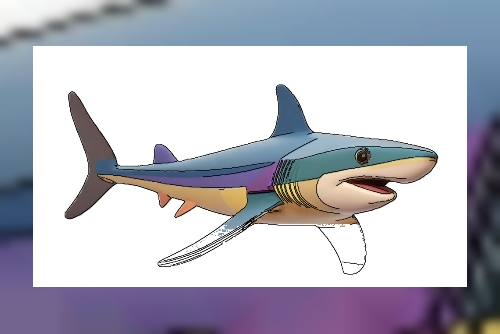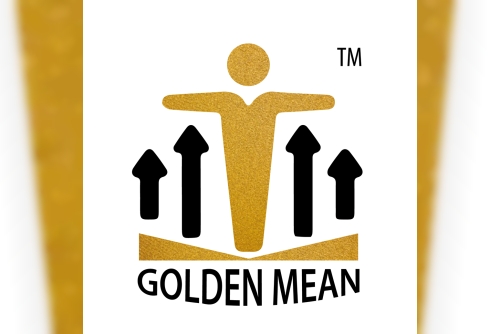What is Die Casting?
Before we zoom in on aluminum, let’s answer the essential question: what is die casting?
At its core, die casting is a manufacturing process that involves forcing molten metal under high pressure into a mold cavity. These molds—known as dies—are usually made from hardened steel and crafted with the precise shape of the desired product. Once the metal cools and solidifies, the mold opens, revealing a part that is near-net in shape and requires minimal machining.
This method is widely used for mass production, as it allows manufacturers to produce large volumes of complex components with excellent dimensional accuracy, repeatability, and surface finish.
Why Aluminum for Die Casting?Among all metals used in die casting, aluminum holds a prime position. Lightweight, corrosion-resistant, and capable of withstanding high temperatures, aluminum is ideal for creating strong yet lightweight components. In fact, aluminum die casting has revolutionized product design across multiple industries due to its unique blend of strength, flexibility, and low cost.
But there’s more to aluminum die casting than just the material benefits. It offers tremendous design freedom—allowing engineers to develop intricate geometries, thin walls, and complex detailing that would be impossible or highly expensive with other fabrication methods.
Let’s explore the major advantages:
1. Precision & AccuracyComponents produced through aluminum die casting achieve extremely tight tolerances. The process yields parts that are dimensionally stable and consistent across large volumes.
2. Lightweight but StrongAluminum is inherently light, making it an excellent choice for industries such as automotive and aerospace, where weight reduction leads to better fuel efficiency. Despite its lightness, the metal retains high mechanical strength.
3. Corrosion ResistanceAluminium die casting offers natural protection against rust and corrosion, ensuring that parts last longer, especially in harsh environments.
4. Heat ConductivityAluminum’s high thermal conductivity makes it perfect for parts like heat sinks and engine components, where heat dissipation is crucial.
5. SustainabilityAluminum is 100% recyclable without losing its characteristics. The aluminum casting die process, when managed efficiently, contributes to a sustainable manufacturing ecosystem.
The Process: How Aluminum Die Casting WorksUnderstanding the process helps us appreciate its complexity and precision:
Die Preparation
The aluminum casting die is first coated with a lubricant to regulate temperature and assist in part ejection.
Injection
Molten aluminum is injected into the mold cavity at high pressure (usually between 1,500 and 25,000 psi). This step takes just milliseconds.
Cooling and Solidification
Once inside the die, the aluminum quickly cools and solidifies into the shape of the part.
Ejection
Hydraulic pins push the solidified part out of the mold.
Trimming
Excess material, including gates and runners, is trimmed off. Some finishing might be done depending on the component’s application.
This entire cycle can be completed in seconds, making aluminum die casting one of the fastest and most cost-effective ways to produce metal parts at scale.
Common Applications of Aluminum Die CastingBecause of its excellent strength-to-weight ratio and detail-fidelity, aluminum is widely used in:
Automotive Industry: Engine blocks, transmission cases, wheels, and structural parts.
Aerospace: Lightweight structural components and brackets.
Consumer Electronics: Housings for laptops, mobile devices, and cameras.
Industrial Equipment: Pump housings, gear cases, and mechanical enclosures.
Lighting: LED fixtures and housings benefit from aluminum’s heat conductivity.
Every time you use a car, switch on your smartphone, or power up machinery, there’s a high chance you’re interacting with a component made through aluminum die casting.
Tooling: The Role of the Aluminum Casting DieThe aluminum casting die is at the heart of the die casting process. These dies are precision-machined steel molds that shape the molten aluminum into a final product. They are built to withstand extreme temperatures and pressures repeatedly—sometimes producing millions of parts before needing replacement.
Die design is a critical step. It influences everything from the structural integrity of the final part to its surface finish and ejection ease. Investing in quality aluminum casting die tooling pays off with improved part consistency, reduced waste, and shorter cycle times.
Challenges in Aluminum Die CastingNo process is without its challenges. In aluminum die casting, common issues include:
Porosity: Small gas pockets may form during cooling, potentially weakening the part.
Die Wear: Repeated exposure to high temperatures causes die fatigue.
Complexity Costs: Intricate dies can be expensive to design and maintain.
Yet, with careful process control and design planning, these hurdles can be mitigated. Advanced simulation tools help anticipate flow behavior, cooling patterns, and stress zones—ensuring optimal outcomes.
The Future of Aluminum Die CastingWith rising demand for lighter, stronger, and more sustainable parts, aluminum die casting will only grow more vital. Technological advancements—such as vacuum die casting, squeeze casting, and automation—are expanding capabilities and improving part quality.
Moreover, industries are now integrating AI and IoT into casting machines for real-time defect monitoring and predictive maintenance. This smart approach boosts productivity while minimizing downtime.
Sustainability is also driving innovation. More foundries are adopting closed-loop recycling systems to reuse aluminum scrap, further reducing the environmental footprint.
ConclusionWhether it’s powering your car, cooling your laptop, or supporting aerospace structures, aluminum die casting plays a silent yet critical role in our daily lives. It’s more than a manufacturing process—it’s a blend of engineering, chemistry, physics, and art. With its unique balance of efficiency, precision, and sustainability, aluminum die casting is the backbone of countless innovations.
As industries evolve, so too will the need for refined casting techniques. For manufacturers, engineers, and designers, understanding the power and potential of this process is essential.
Zintilon, among many other companies that work behind the scenes, understands the value of delivering excellence through every cast. But beyond brand names, it’s the mastery of the aluminum die casting process that will shape the future of manufacturing.












